
Special Experience
Osaka
Miso Making, Amazake & Doburoku Sake Tasting at a Centuries-Old Shop in Osaka
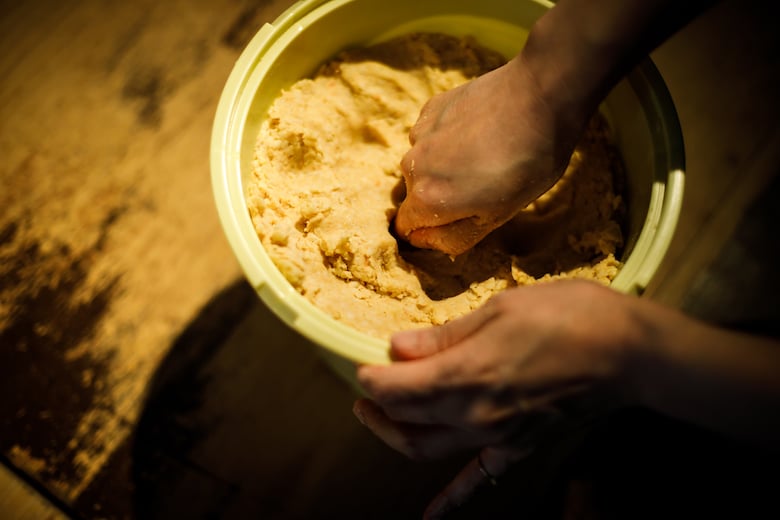
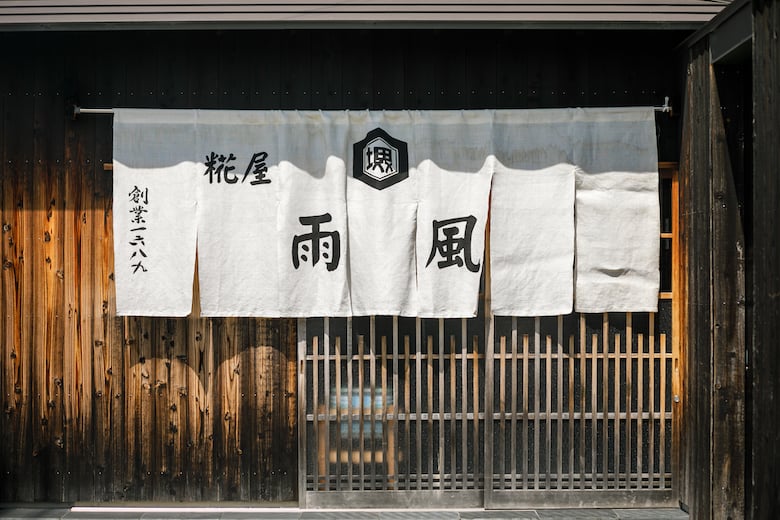
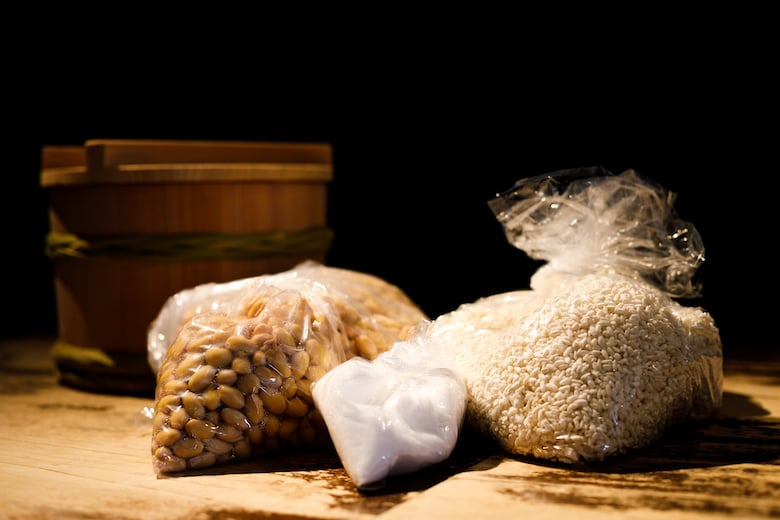
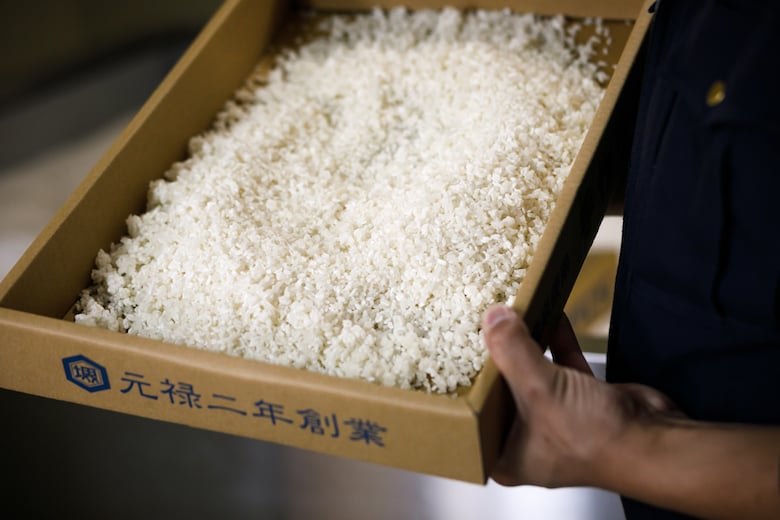
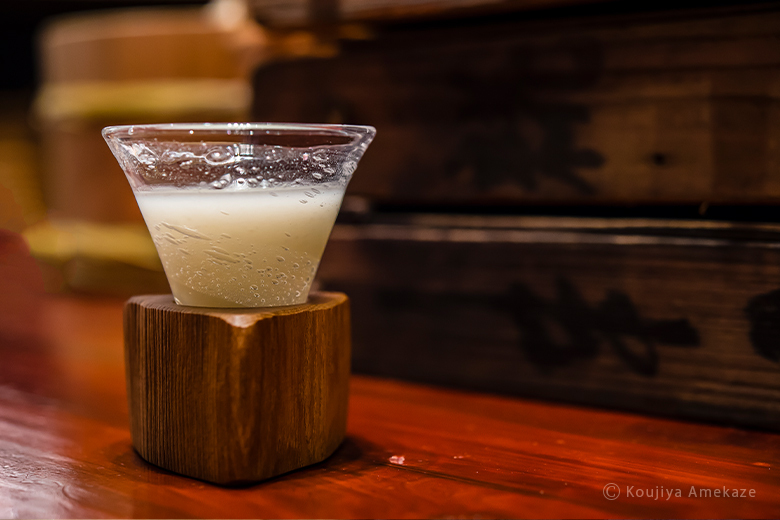
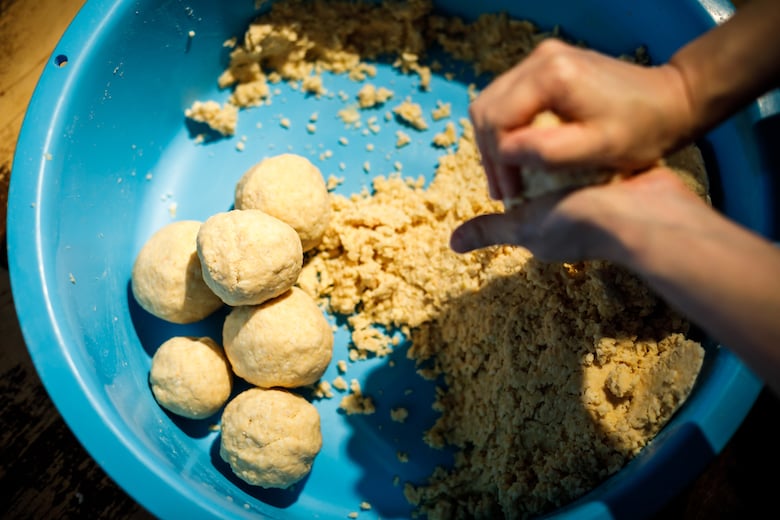
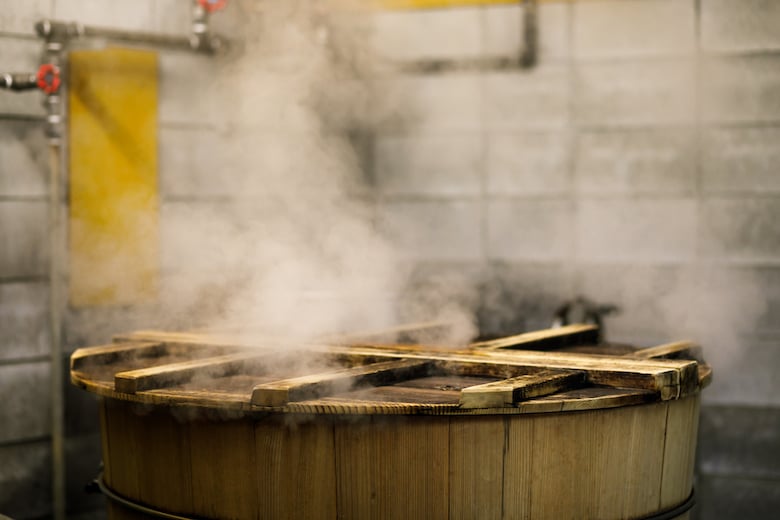
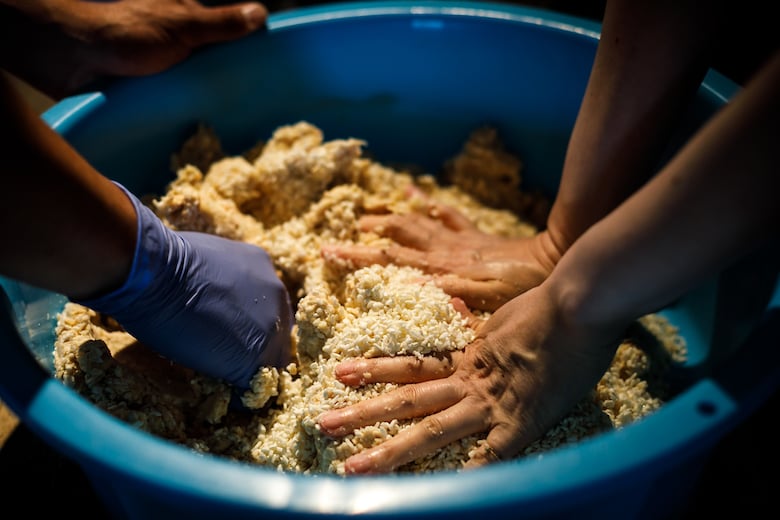
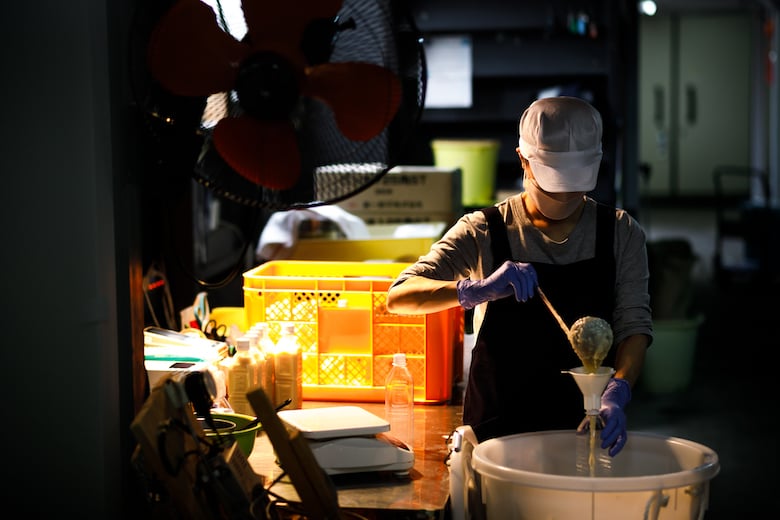
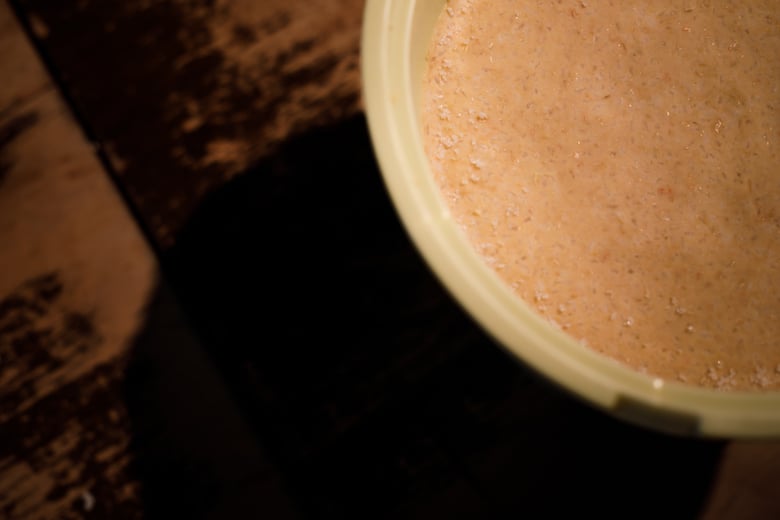
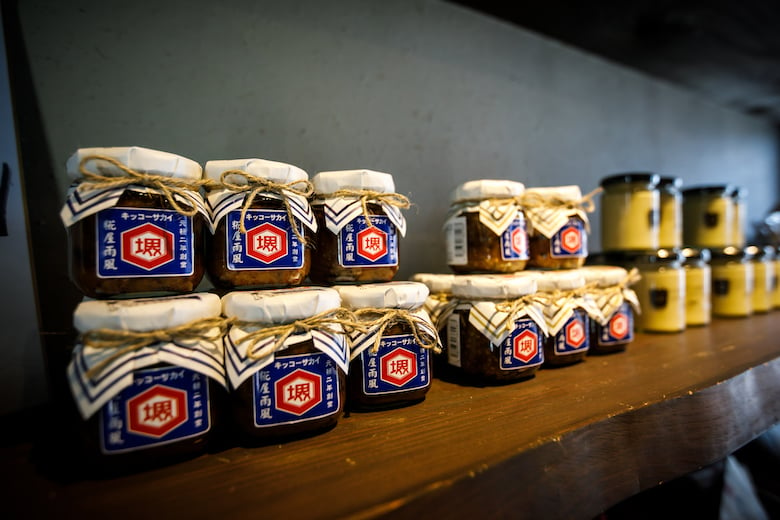











Overview
Based in Sakai, Osaka, Koujiya Amekaze has specialized in producing koji, a fermentation starter in Japanese cuisine, since its founding in 1689. The shop also produces miso (soybean paste), soy sauce, and other processed foods. Deepen your knowledge of Japanese fermentation culture as you tour Koujiya Amekaze's factory, make authentic miso, sample different types of miso, and try two handmade koji-based drinks: amazake and doburoku sake.
Key Features
・Make your own miso, then take 1kg of it home - choose your favorite from among five types
・Guided by an expert, tour the factory of a long-running shop that has used traditional methods to produce koji for centuries
・Try different types of miso, as well as two handmade koji-based drinks: the non-alcoholic amazake and a liquor called doburoku
・As an optional add-on, enjoy a lunch that features koji-based dishes and carefully selected premium ingredients
*You may also like this experience in the same location:
Learn to Cook Traditional Japanese Food with Koji at a Centuries-Old Shop in Osaka
Osaka
120mins
from ¥25,000 /person
1 - 12 participants
Available in English
Cancel free up to 11 days prior
Details
Experience Japanese Food Culture at a Long-Running Koji Shop
Located in Sakai, Osaka, Koujiya Amekaze was established over 330 years ago in 1689, starting out as a brewer of soy sauce. Because it stayed open regardless of inclement weather such as rain or strong wind, it earned the nickname "Amekazeya-san" (literally, "rain and wind shop"), which eventually stuck as the shop's name.
Today, Koujiya Amekaze's main specialty is koji (also spelled “kouji”), a mold that is used as a fermentation starter for a variety of Japanese foods. In addition to koji, it also produces miso, soy sauce, processed soy-sauce products, and handmade koji-based drinks. Proactively contributing to the preservation and growth of Japanese food culture, the shop is committed to protecting traditional production methods and passing down the significance of koji - an indispensable part of Japanese culinary traditions - to future generations.

Koujiya Amekaze's facade exudes historical significance and old-world charm
Koji is an essential ingredient for making miso and soy sauce, seasonings that are indispensable to Japanese cuisine. It is made by steaming grains such as rice, barley, wheat, and soybeans and adding the fungus that forms koji mold. The mix of ingredients is then stored at a temperature and humidity level that facilitates the growth of this mold.
When fungal microorganisms attach themselves to the ingredients, they secrete enzymes to break the ingredients down, converting starch into glucose - a type of sugar - and protein into amino acids, which are responsible for the umami flavor. This process enhances not only nutritional value, but also the richness of umami.

Because koji is the building block of Japanese food culture, koji production methods have been passed down generations since time immemorial
Appreciate Miso to the Fullest Through Tasting and Miso Making
In this experience, you'll enhance your knowledge of and appreciation for miso by learning about its history and tasting different types of miso.
You'll then make your own miso. The three main types of miso are rice-based miso, barley-based miso, and soybean-based miso, but subtypes such as white miso and red miso can be created by changing the ingredient ratio and aging period.
For the miso-making experience, you'll have five different types of miso to choose from, including mixed miso, which is exclusively available to Wabunka guests. Choose in advance which miso you like best, then make it on your experience date and take it home afterward.
For more information on the five available types of miso, please refer to the section titled "About the Types of Miso" at the bottom of this page. Please be sure to inform us of your preferred choice upon booking.

The ingredients for making miso are simpler than you think
Depicted in this article is the experience of making Koujiya Amekaze's original miso. One kilogram of miso requires 250 grams of dried soybeans, 500 grams of koji rice (rice cultured with koji), and 100 grams of salt. Mix cooked soybeans, koji rice, and salt thoroughly, then form balls of miso out of the mixture, while making sure that there are no air pockets. Finally, put the miso balls in a container such as a tub.
These steps may sound simple, but they require some force at times, especially when squeezing the air pockets out of the miso balls. Rest assured that an expert tradesperson at Koujiya Amekaze will show you how to make miso. And, as you begin making your own miso, you can ask the tradesperson to check your ingredient ratio and help you make final adjustments.

As you get the hang of it, forming the balls of miso might become a matter of muscle memory to you
To prevent the entry of air, which may promote the formation of harmful mold, tightly pack the miso into the bucket, making sure not to leave any gaps. Then, flatten the surface, wipe clean parts where the miso and the tub come into contact, and sprinkle salt around the rim to prevent mold. Cover the surface with plastic wrap to further block air from getting in, and finally, put a lid on the tub.

Mix the ingredients thoroughly, then put the mixture in a bucket while preventing air pockets
Once you've taken home your miso, place a weight of one to two kilograms over it and store it in a well-ventilated place to properly age it. The aging period for miso varies depending on the season and type of miso, but the typical aging period is three to six months. Unlike commercially available miso, handmade raw miso continues to ferment even after the basic miso-making steps are done. It can last for a long time without losing its umami, and you can enjoy the changes in its flavor as it ages finely.
Learn How Koji is Made the Traditional Way
Koujiya Amekaze takes pride in making koji by hand, using traditional methods that have remained mostly unchanged since its establishment centuries ago.
The shop is particular about using high-quality, locally grown ingredients for its koji-based products. For example, for koji rice, the shop uses carefully selected rice from the Kansai region, specially cultivated rice, and low-pesticide rice. For koji barley (barley cultured with koji), it uses domestic pearl barley, and its brown rice koji is made with 100% domestic brown rice.

Koji is stored in a koji-muro, a storage room with the perfect temperature and humidity for cultivating koji
At Koujiya Amekaze's factory, further deepen your familiarity with fermented Japanese food as you learn about the koji production process from start to finish. On this factory tour, you'll stop in front of a koji-muro - a chamber made of cedar, where koji is being stored. A tradesperson will explain in detail how koji is made, as well as gladly answer your questions.
To this day, Koujiya Amekaze continues to take the time and effort to make koji by hand instead of using machines, and the temperature and humidity of its koji-muro (koji storage room) are carefully controlled for around three days.

A variety of products are carefully made by seasoned tradespeople
On the factory's second floor are barrels of miso and soy sauce being aged. Discover how Koujiya Amekaze provides products that suit the needs of the times while continuing to employ traditional production methods, as well as the differences between commercially available miso and handmade miso.
Through learning about koji, miso, and soy sauce made the traditional way, you'll gain valuable insights into Japan's distinct food culture, which continues to thrive to this day thanks to sustained efforts to preserve and pass down important traditions. What's more, depending on when you visit, you might even have the opportunity to observe tradespeople preparing koji.
Enjoy the Refreshing Taste of Handmade Amazake and Doburoku
This experience will also provide you the opportunity to try amazake and doburoku, both fermented beverages made from rice, koji rice, and water. Though both use similar ingredients, they are made differently.

Learn the difference between amazake and doburoku
Amazake is made by converting koji to sugar, while doburoku is made by fermenting alcohol. Thus, amazake, despite literally meaning "sweet sake," is non-alcoholic, while doburoku is a liquor - a type of sake. At Koujiya Amekaze, the amazake and doburoku, too, are made by hand, the traditional way. With just the right level of sweetness, both beverages are refreshingly pleasant and easy to drink.
An Encounter with Koji, the Foundation of Japanese Cuisine
Carefully made using traditional methods, Koujiya Amekaze's koji is a versatile ingredient that can be used to make various condiments, seasonings, and dishes such as miso and soy sauce. After the experience, feel free to browse Koujiya Amekaze's shop, where you can take home miso, soy sauce, amazake, doburoku. Also available for sale are different types of koji - rice, brown rice, and barley - sold by weight.

Koujiya Amekaze's shelves are lined with various products, including miso
At Koujiya Amekaze, you can familiarize yourself with koji, the building block of Japanese fermentation culture, and understand first-hand how koji is manufactured. You can also experience Japan's rich gastronomical culture, which has flourished since ancient times, by making miso and tasting doburoku and amazake.

The appeal of handmade miso is that, unlike commercially available miso, its taste evolves as it ages
Compared to commercially available miso, which usually contains additives and preservatives, handmade miso is all-natural, as it's straightforwardly made with only a few ingredients. You can rest assured that there are no unnecessary additives involved.
As handmade miso continues to ferment for a while, you can continue enjoying it for years to come, so long as you store it properly. Its color and flavor will change, so refrigerate or freeze it at a timing that works for you to ensure that your miso will last for a long time. Visit Koujiya Amekaze for a memorable experience that will leave you rethinking your culinary habits.
Koujiya Amekaze

Koujiya Amekaze
Established in 1689 as a soy-sauce brewery, the long-running Koujiya Amekaze specializes in producing koji, a fermentation starter widely used in Japanese cuisine. It also produces miso, soy sauce, processed soy-sauce products, amazake, and doburoku. Committed to preserving traditional production methods and passing down the significance of koji to future generations, Koujiya Amekaze actively contributes to Japanese food culture by holding miso-making workshops and koji-based cooking classes.
Customer's Voice
The owner is very accommodating. He answers all questions precisely and explains everything well. It was a very good experience.
M.V. Philippines
Very good. Received lots of information on miso making process. And very hands on experience as we got to make our own miso.
A.S. United States
It was great!
K.L. United States
Location
Koujiya Amekaze
Nishi Ward, Sakai, Osaka
Request for booking
Select first preferred date (JST)
January 2026
Sun
Mon
Tue
Wed
Thu
Fri
Sat

Instant Booking

Request Booking

17
Full

17
Unavailable
Osaka
120mins
from ¥25,000 /person
1 - 12 participants
Available in English
Cancel free up to 11 days prior
Things to know
Contact Us
If you have any questions, please contact us using the form below.
We also accept bookings from corporate clients and travel agencies.